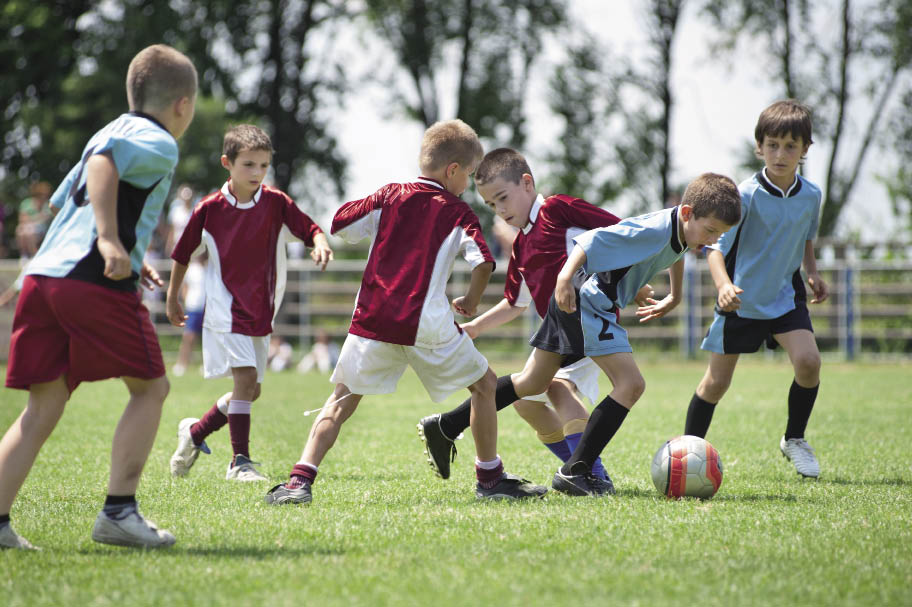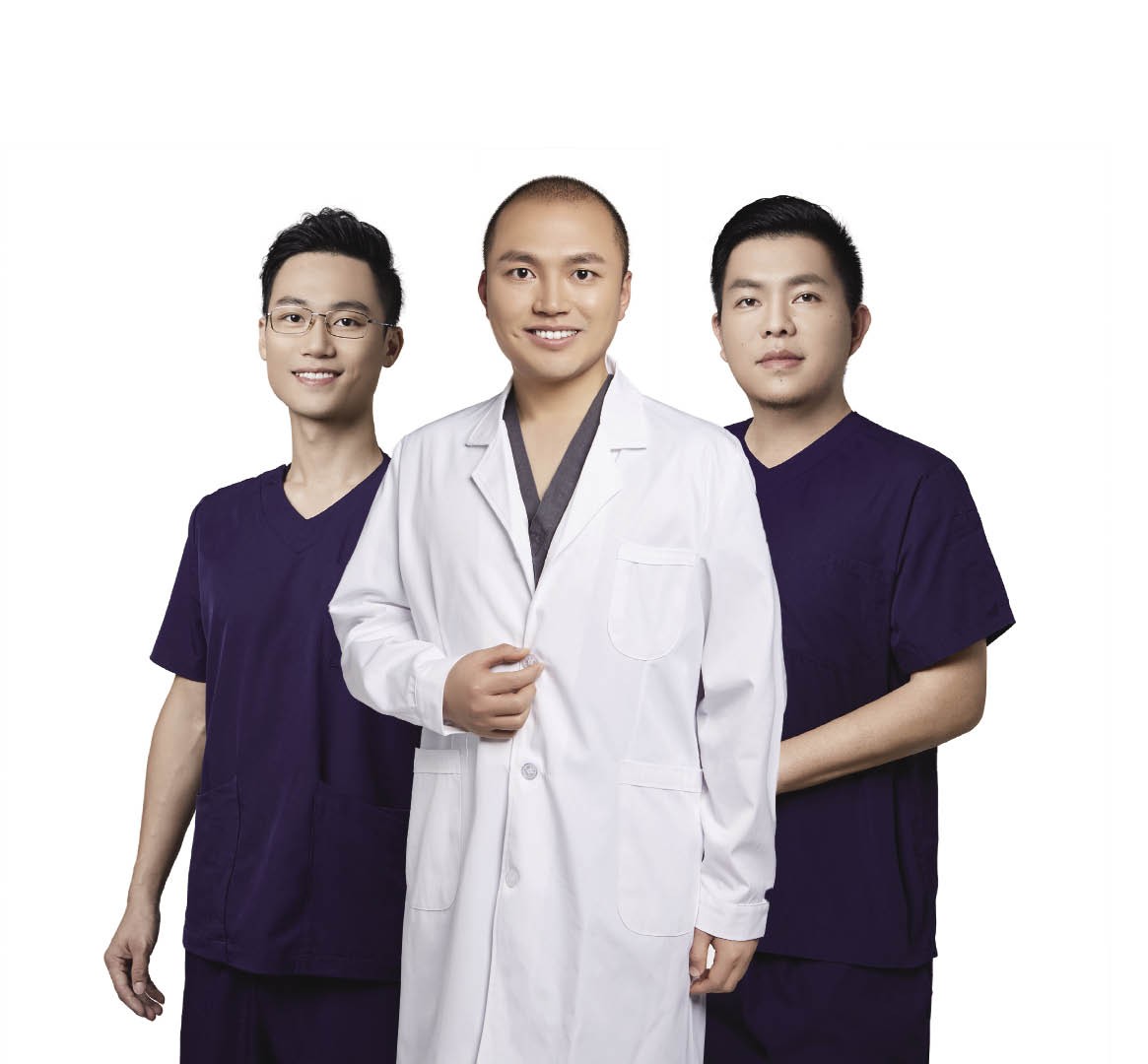
There’s no denying that physical exercise is benefical to children, but it can also cause injuries. Parents can help children enjoy physical exercise while avoiding injury. To address this challenge, Dr Kyle Xiong, a rehab physician from Shanghai Bainuo and Yihui Clinics and a father of two daughters, offers real-life suggestions on how to avoid injury during physical exercise. What are the main causes of post-exercise injuries?
If children do not have enough technique in certain sports, and do insufficient exercise, then these wrong techniques put an added load on a certain parts of the body. When the load exceeds the limits that their bodies can handle, different kinds of injuries will occur.
Children don’t know how to properly warm up and protect themselves from injury, and therefore lack the awareness and ability to protect themselves. If there isn’t a proper warm-up beforehand, injuries are bound to occur.
Each child has a different physical condition, like tight muscles, weak joints, or especially scoliosis, which can easily lead to injury during exercise. In addition to their own physical conditions, ill-fitting clothing and unprofessional venue and equipment can all cause injuries.
The doctor suggests: Teach children the correct way of exercising, increase exercise time to strengthen muscle tone and pay attention to warm-ups. Warm-up exercises are especially necessary before high-intensity sports with running, jumping, and some other competitive sports.
Scenario 1: After exercise, the child’s muscles are in constant and intense pain
It’s probably a pulled muscle. Muscle pull is a relatively common sports injury. If you do not warm-up before exercising or if you exercise too much, this may lead to different degrees of muscle pull. In its early stages, the injury will lead to swelling and pain in the joint area, preventing the patient from moving as usual.
Scenario 2: After exercise, the child’s joint area continues to have severe pain, and can’t move as usual
This is most likely a partial sprain or even dislocation. Exercise may lead to sprains or even dislocated joints with sudden and improper movements. Such injuries will cause pain and swelling symptoms in certain areas.
The doctor suggests: Usually, muscle soreness and pain caused by general non-sports injury won’t last very long. Just let the child rest for a while. If the child is in severe pain or pain lasts longer than three days, which is commonly referred to as the “golden 72 hours”, then parents must pay attention and bring the child to the hospital ASAP.
Because children and adolescents have a high tolerance for sports injury, it is easy to ignore or misdiagnose an injury. Due to the lack of awareness of sports injuries, it is very easy to mistake the pain as “growing pain” and be ignored by parents when children complain about their joint pain.But in fact, it is easy to tell the difference between “growing pain” and “sports pain”. “Growing pain” is mostly due to children’s relatively large amount of physical activity and fast-growing bones and joints. The pain of a sports injury however, usually only appears on one side of the leg during walking and other movement, and the pain is alleviated while at rest.
The doctor suggests: When the child complains about pain, the parents should encourage him or her to point out the degree, frequency, and duration of pain, so that parents can make a prejudgement and decide if the child should go to the hospital for further examination and treatment.
When children have sports injuries, make sure they receive proper treatment to prevent further aggravation, and minimize the damage. The mainstream treatment of sports injuries is the “POLICE” principle.
“P” refers to Protection. Stop the child from moving immediately to protect the injured part from further injury.
“OL” refers to the Optimal Loading. Early strength stimulation during treatment and rehabilitation must use the appropriate weight load for recovery.
“I” refers to Ice, which is usually applied within 72 hours in the early stages of injury to reduce swelling and pain. Remember, don’t use hot stuff!
“C” refers to Compression. In the event of injury, the affected area needs to be wrapped up as soon as possible for professional medical treatment as well as to reduce swelling and bleeding.
“E” refers to Elevation, which is conducive to the deswelling of the injured area.
The doctor suggests: The “POLICE” principle is the general treatment for acute injuries, which need to be taken seriously and treated differently than other kinds of sports injuries. In addition to these treatments, it is very important that the injured person should be sent for professional medical treatment and rehabilitation as soon as possible.
Let’s hope all children can enjoy sports freely without getting injuries.

Dr Xiong and physiotherapists Columbia Kaiyi Clinic
Dr Kyle Xiong is a rehab physician at Shanghai Bainuo Clinic and Shanghai Yihui Clinic. He graduated from Fudan University and was part of China’s expedition to Antarctica in 2017.
Columbia Kaiyi Clinic
Puxi: 400 663 7707 ext. 1 Address: 25F, United Plaza, 1468 West Nanjing Road; Mon-Sun 8 a.m.-7p.m.
Pudong: 400 663 7707 ext. 2 Address: 511-513,5F, Bldg B, LCM, 2389 Zhangyang Road; Mon-Sat 9a.m.-6p.m.
Website: columbia-china.com